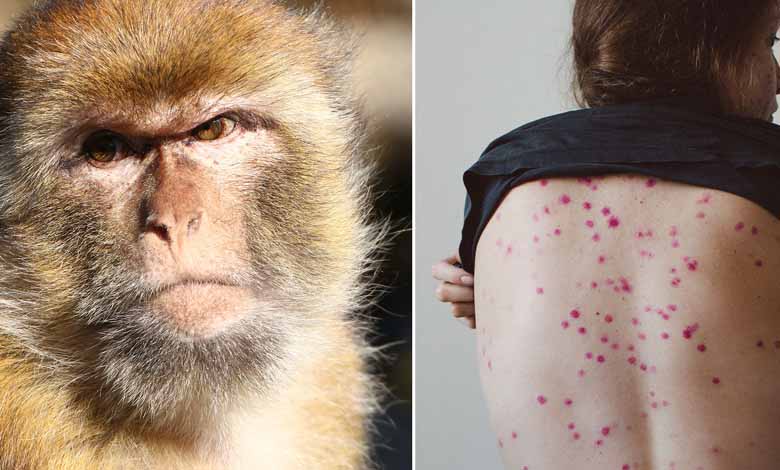Monkeypox: is there a risk of transmission to pets?

Monkeypox, this virus is mainly transmitted by wild rodents or primates located in the areas of Central and West Africa. If “inter-human transmission” is also possible, what about pets? Is there a risk of dissemination?
Monkey pox: can pets be contaminated?
On June 16, the Agence Nationale de Sécurité Sanitaire (Anses) answered this question in an expert opinion published on its website. However, she warns: data on the spread of monkey smallpox to pets currently available are “very limited or absent”. However, some species are more likely than others to be infected with this virus, known as Monkeypox.
Anses thus differentiates between receptivity and sensitivity. The first term refers to the “ability of an animal species to harbor the virus without necessarily developing symptoms” while the second refers to the “ability of the animal species to express clinical signs and/or lesions due to the virus”. According to Anses, not all pets can be infected. So who is at the highest risk for monkey pox?
Rabbits or hamsters are likely to catch monkey pox
Rabbits and hares are both receptive and sensitive, as are squirrels and prairie dogs. The latter are possibly the category “most at risk of human contamination”. Pet rodents, such as brown rats or hamsters, have very low receptivity to adult life, but may be susceptible to younger age.
Finally, as regards ferrets and dogs, the data “are absent”. Only one serological study was conducted in cats: the results were negative. Anses states that for these three species, “no clinical cases” have been reported so far. Some precautions should therefore be taken:
Minimize contact between the infected animal and the infected person
Wash hands, wear gloves and a disposable mask before each contact with the animal












